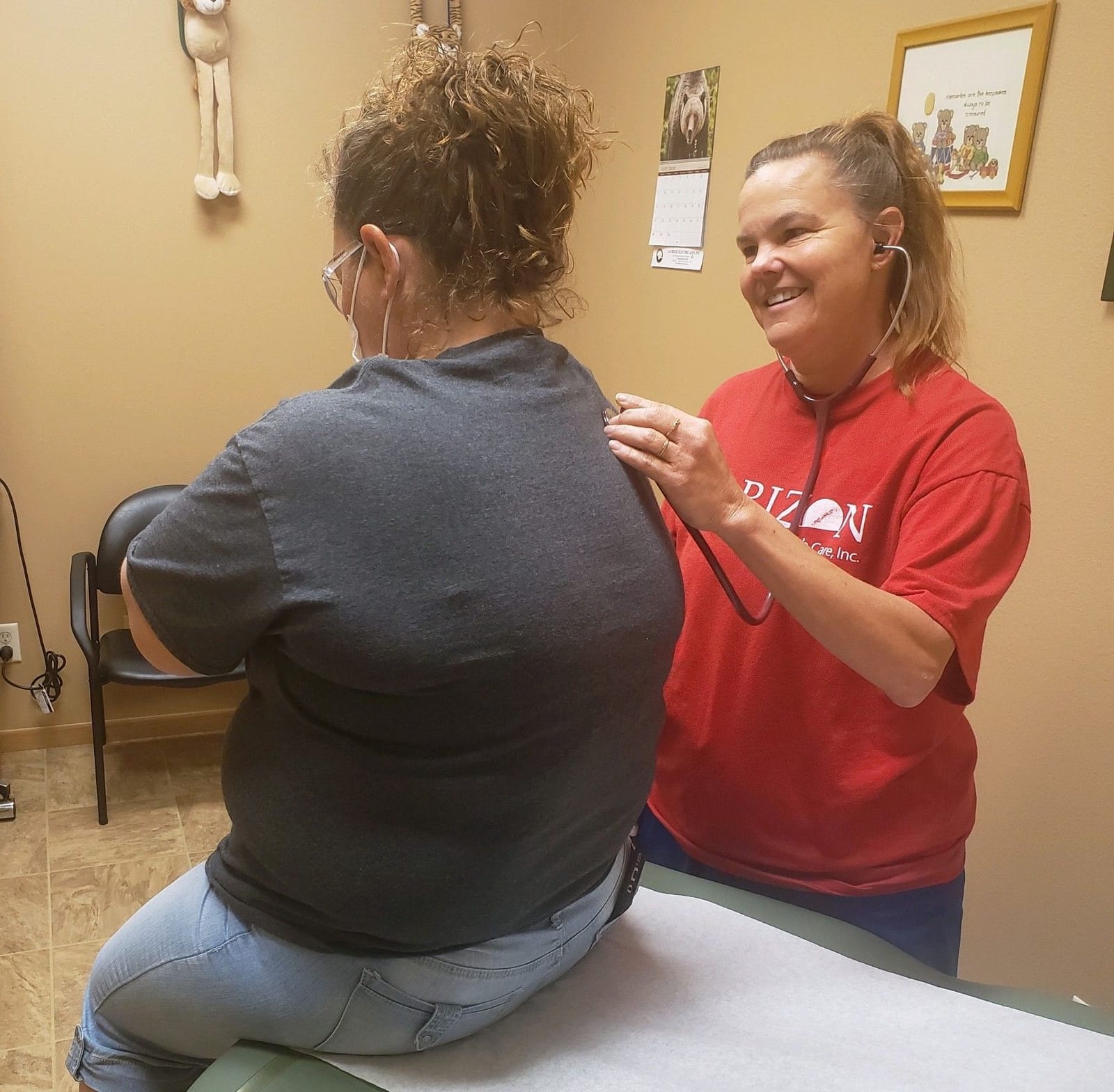The high cost of obtaining health care in South Dakota – ranked second most expensive in the nation – is prompting some residents to forgo necessary medical care over worries they cannot afford it, according to a recent national data analysis.
South Dakota is followed only by North Carolina in a new national ranking of health care expenses based on the cost of medical care and insurance. At nearly $12,500 per year, the state has the highest per-capita health care spending rate among all Great Plains states, the data show.
Largely based on data from KFF, formerly the Kaiser Family Foundation, the Forbes Advisor team examined nine metrics to determine which of the 50 states and Washington, D.C., had the highest and lowest annual health care costs for consumers.
In labeling South Dakota second highest, Forbes noted that the state has high rates of families that struggle to pay for child medical bills, high deductibles for individuals and families with insurance and high costs for policyholders within the Affordable Care Act marketplace. Forbes Advisor is a consumer financial analysis group sponsored in part by Forbes magazine.
The ranking comes as South Dakota continues to lag behind the nation and most neighboring states for median household income ($69,457 in 2022) and also has the highest poverty rate among all Great Plains states (12.5%). KFF also reported in 2023 that South Dakota ranked 35th in the country for quality health care outcomes.
Taken together, the data paint a worrisome picture of access, affordability and quality of health care in South Dakota.
The high cost of health care has caused nearly 1 in 10 state residents to skip necessary medical care and 1 in 4 to forgo mental health treatment due to cost, according to another KFF study.
"If you delay needed care because you can’t afford it, it’s eventually going to cost you, the providers and the insurers a lot more money," said Les Masterson, an editor and insurance expert at Forbes Advisor. "That is also causing problems where people are getting sicker and dying younger."
Lack of competition, higher overhead costs
Masterson acknowledged that health care costs are high and rising across the country and that the variables that determine what medical care and insurance cost in each state are complicated.
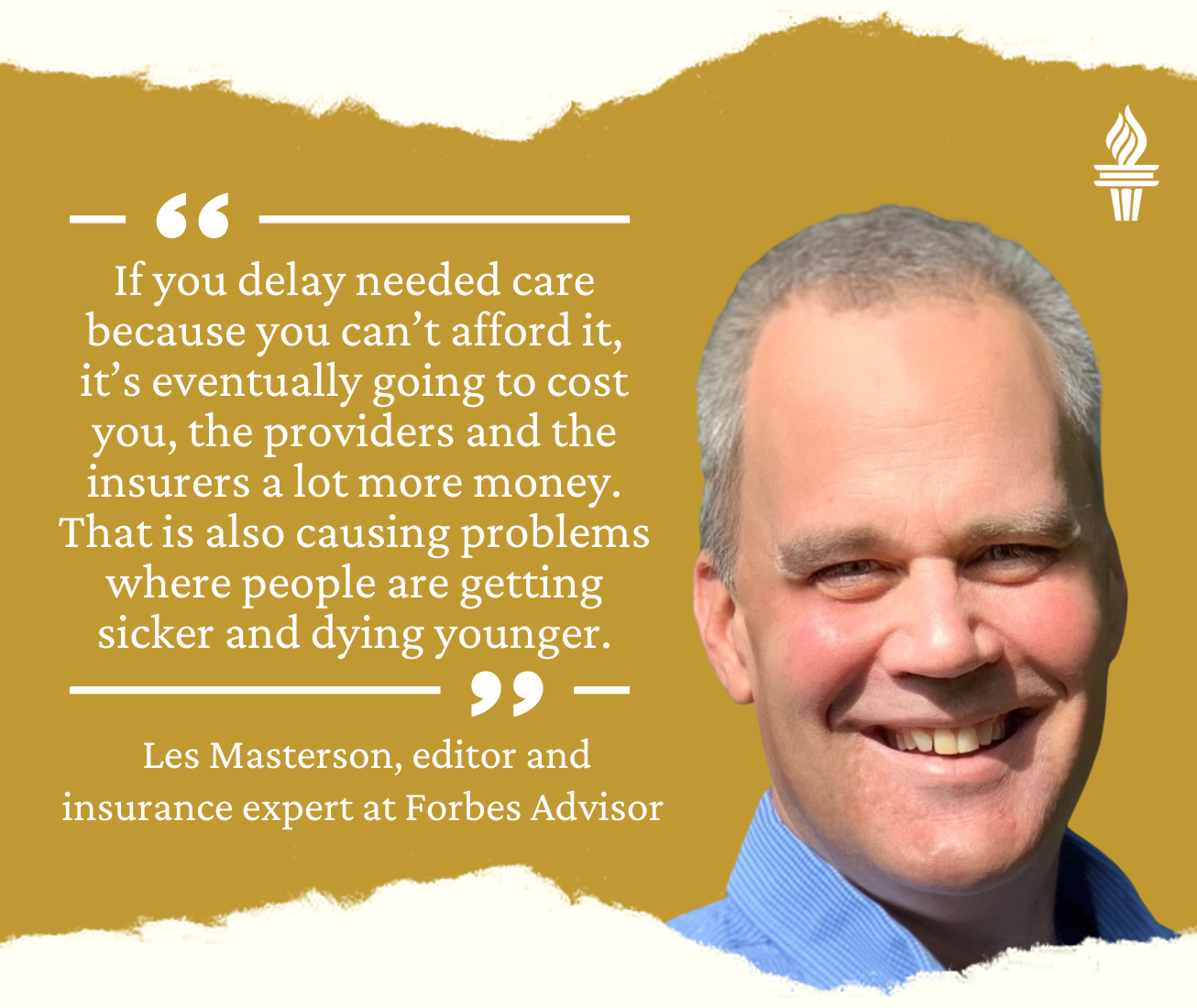
Masterson and two South Dakota health care officials interviewed by News Watch said the state's high cost ranking can be attributed largely to a lack of competition among providers and insurers, worker shortages causing increased employee costs, higher overhead costs due to inflation, a high level of indigent care, and generally poor health condition of the population that increase risks and costs for insurers and providers.
"Health care is expensive, insurance is expensive and every citizen in this state who pays for those things knows that," said Tim Rave, CEO of the South Dakota Association of Healthcare Organizations, which represents hospitals and clinics across the state.
And yet, Rave said, the convoluted and expensive modern system of health care economics is necessary to allow medical providers to remain viable.
"Hospitals in this state are nonprofit. But you still have to make money or you close the doors. And profit margins for them is in the red or at a maximum in the 3 to 4 percent range," he said.
Shelly Ten Napel, CEO of the Community Healthcare Association of the Dakotas, works to support health providers who often serve people with the least ability to pay. She said the rising costs of health care, particularly emergency, specialist and life-saving care, are putting some individuals and families into untenable situations.
"We’re seeing the faces of that on a day-to-day basis of folks who can't afford coverage," she said. "We see the people with a cancer diagnosis who have to ask themselves if they are willing to bankrupt their family in order to get the care they need."
The high and rising cost of health care is causing angst for people of all income levels, however.
A February 2024 poll by KFF found that about 75% of adults were very or somewhat worried about being able to afford unexpected medical bills or pay for health care for themselves or their families. About half of poll respondents were worried they cannot afford their monthly insurance premiums or to pay for needed prescription drugs.
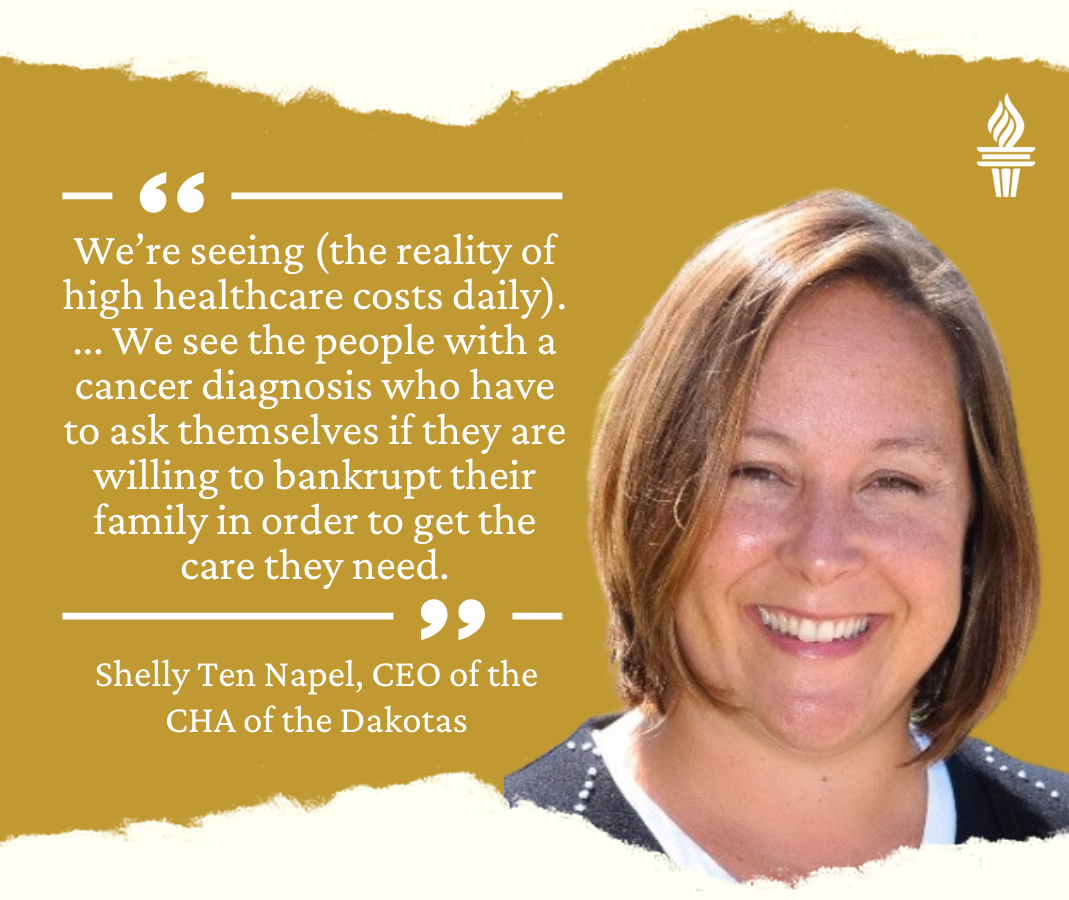
Medicaid expansion may lower costs in South Dakota
All three experts interview by News Watch pointed to recent Medicaid expansion as a possible path to reducing overall health care and insurance costs across the state.
South Dakota was a laggard among states that expanded eligibility for Medicaid, the federal health program for low-income adults, with opposition coming from Gov. Kristi Noem and the Republican leadership in the Legislature.
However, the state was forced to enact looser income guidelines for Medicaid eligibility in July 2023 after voters approved the expansion by a statewide referendum in 2022. Medicaid expansion in states was allowed by the federal government as part of the Affordable Care Act.
The expanded eligibility guidelines have been slow to catch on in South Dakota, as about 18,000 new Medicaid participants had entered the program as of February, far fewer than the roughly 43,000 additional participants projected when the referendum was passed.
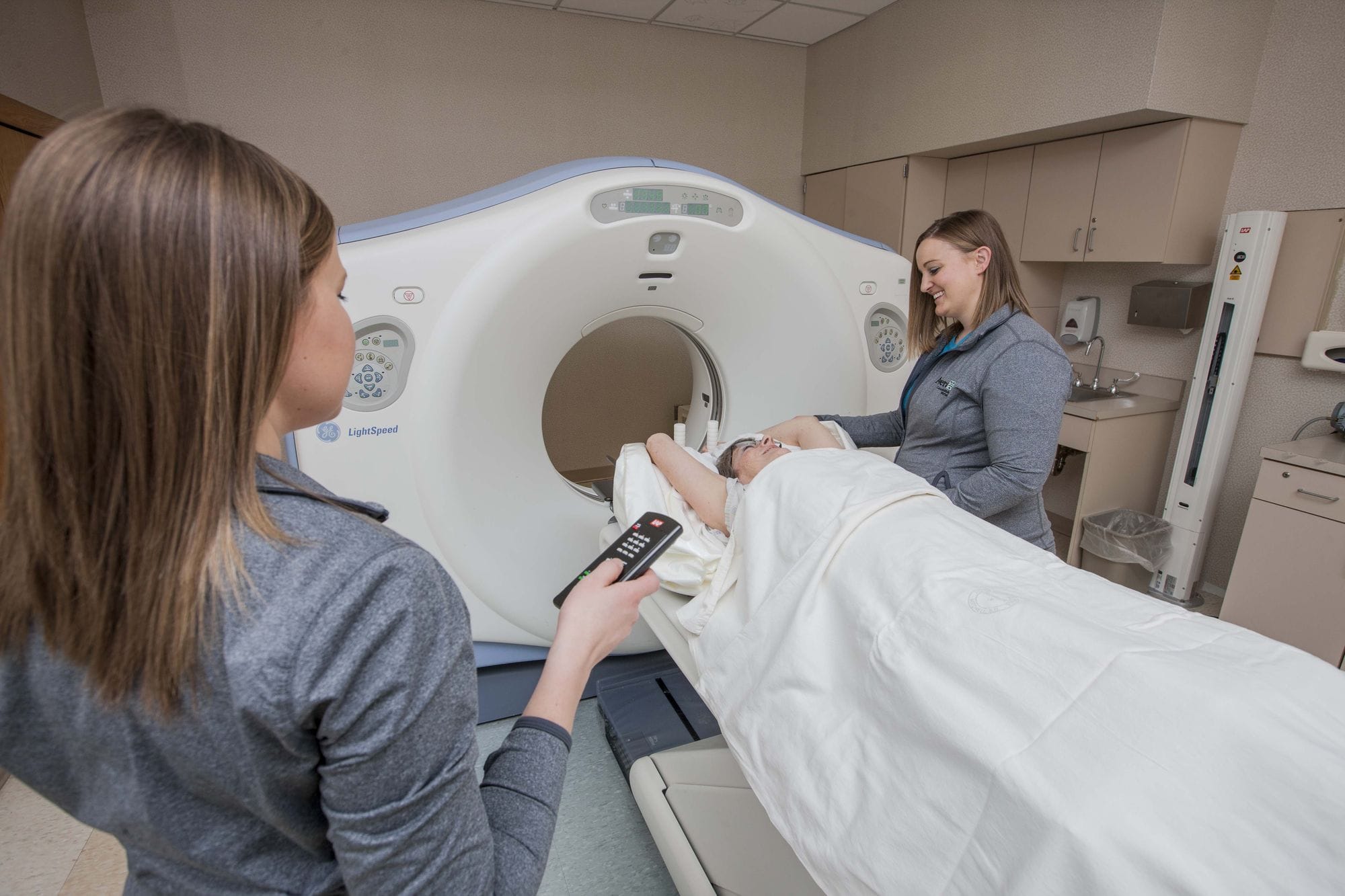
The average monthly overall enrollment in Medicaid in South Dakota in 2023 was 145,350, according to state data. Of the $1.27 billion spent on Medicaid in South Dakota in 2023, about $875 million was in federal funds and the remaining $402 million was in state money.
Some studies have shown that Medicaid expansion in other states has led to lower insurance premiums overall. Masterson suggested that greater Medicaid participation would help more lower-income South Dakota residents obtain medical coverage and care as well as reduce overall insurance and medical care costs.
Medicaid allows providers that would otherwise have to write off many medical care costs for low-income patients to receive some form of payment. Meanwhile, providing more preventive care and diagnostics to people who otherwise would not receive them reduces the need for emergency and life-saving care that cost far more, Masterson said.
"Preventive care is free, and providers get some of the cost paid by federal Medicaid," he said. "It will be interesting to see what Medicaid expansion does to lower costs in South Dakota in the future."
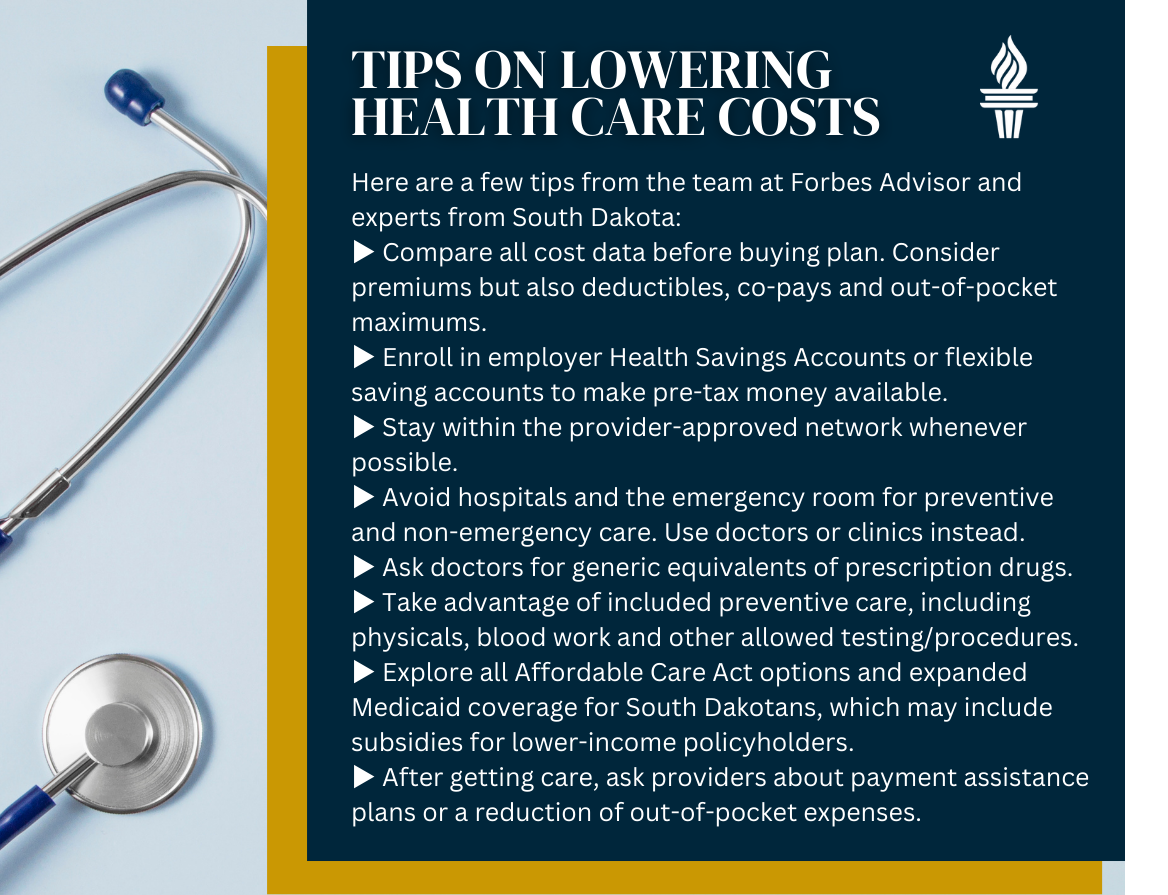
Data reveal South Dakota health care cost trends
According to KFF, which collects data from the Centers for Medicare and Medicaid Services and the National Health Statistics Group, South Dakotans saw their overall spending on health care nearly double from $633 million in 2010 to $1.12 billion in 2020.
The per-capita cost of health care nearly tripled over the past two decades, according to KFF, rising from $4,157 per-capita in 2000 to $7,766 in 2010 to $12,495 in 2020. Throughout that 20-year period, South Dakota had the highest per-capital health care costs among all states in the Great Plains region, with North Dakota and Minnesota also near the top and Iowa on the low end.
While statistics can only shed a general light on health care costs and quality — which can vary widely by individual experience and situation — the data about the South Dakota health care system are not good in several areas.
South Dakota is the 23rd worst state for overall health care access and outcomes, according to 24 separate metrics analyzed by KFF in 2023. According to a further breakdown of that data, South Dakota ranked 35th among the states in quality of health care outcomes and 26th in access to health care.
Some KFF survey data show improvement in South Dakota health care access, however.
While 59.7% of South Dakotans had some type of health insurance plan in 2010, that percentage rose to 64.7% in 2022. Meanwhile, 62% of South Dakotans had an employee-sponsored health plan in 2022, the 16th highest rate in the nation and above the U.S. average of 57%.
However, only 18.8% of Native Americans in South Dakota had an employer-sponsored health plan in 2022, the worst rate for Native Americans among all states, including New Mexico, Alaska and Montana.
Business trends don't favor lower prices
And even if two-thirds of South Dakotans with insurance have an employer-supported plan, it doesn't mean they won't face outsized health care costs, Ten Napel said.
The high number of small businesses, the high level of self employment and large agricultural industry prevent many state residents from benefiting from large employer plans that offer lower prices due to a wide subscriber base.
"Our employer environment is angled toward self employment and small employers, so (high health costs) are not surprising," said Ten Napel, whose organization supports community health care programs in South Dakota and North Dakota. "It reflects the lower employer contributions that are leading to higher employee contributions for small businesses, farmers and self employed people."

Rave, a former South Dakota lawmaker who began his career as a paramedic, said the state has done a good job of providing health coverage for children and low-income residents over the past two decades. However, any effort to offset costs for patients puts an additional burden on hospitals, which are seeing increased costs but are unable to turn patients away for any reason, he said.
"I think we do a good job of taking that burden off the families, but that does put the burden more on providers because they’re not reimbursed for 100% of those charges," Rave said.
States can play a role in lowering health care costs
States are taking steps to reduce overall health care costs while increasing access, Ten Napel said.
In Minnesota, a large consortium of businesses was formed to expand the pool of policyholders to reduce costs. In North Dakota in 2019, she said, the state implemented a reinsurance program that uses federal and state funds to help insurance companies reduce costs for policyholders statewide.
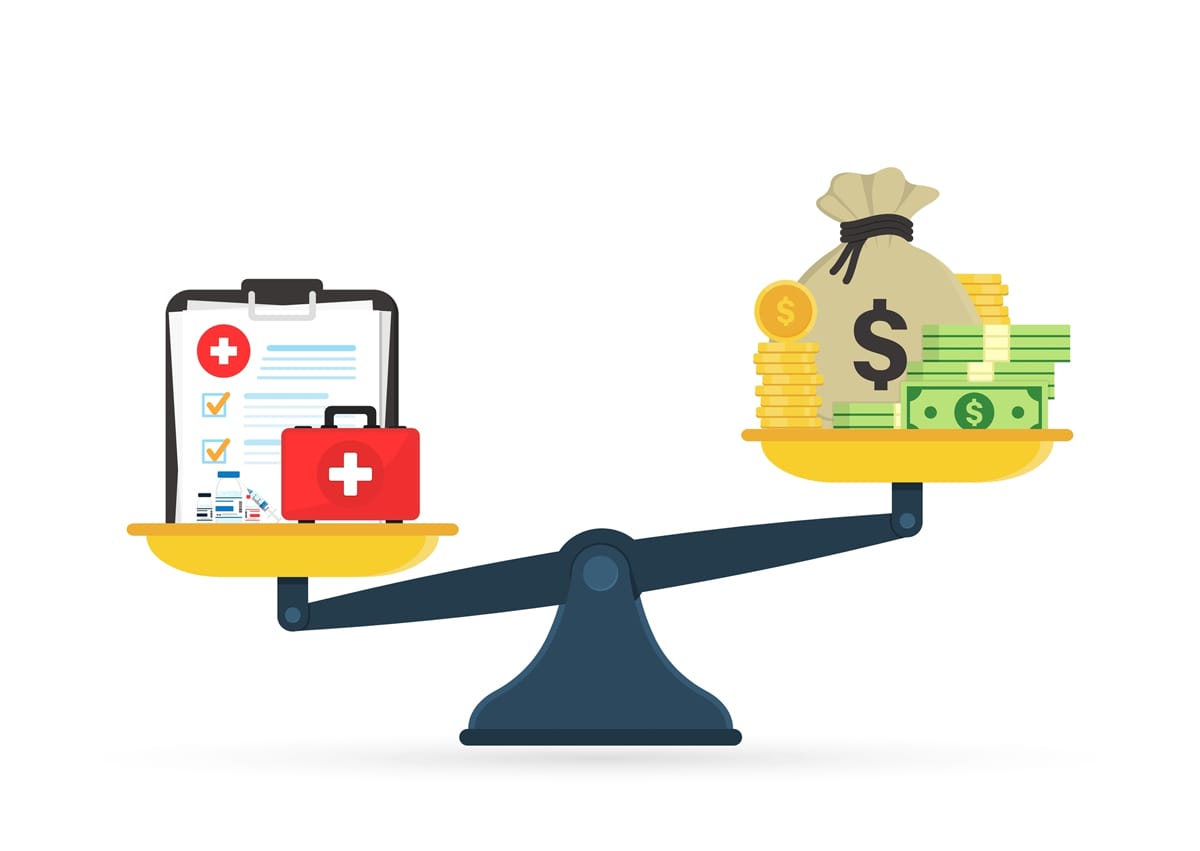
And, Ten Napel said, South Dakota has had success with its Home Health program within Medicaid that provides additional medical services and support for low-income patients with serious, life-altering illnesses. State data show the program saved more than $8 million in Medicaid costs in 2022 while improving care at home and through providers for qualifying patients with chronic illnesses.
However, South Dakota has not yet adopted a large-scale "value-based" model of reimbursement for medical services that has lowered overall costs in other states, Ten Napel said. That approach focuses more on education of patients and a greater focus on earlier testing and preventive care.
"That has not come to South Dakota as it has in a majority of other states," she said. "It's a reorientation of the health care system toward prevention, primary care, patient education and prevention, all things that reduce the number of life-impacting situations."
Ten Napel said her organization has made a concerted effort to improve patient education, so people know more about what programs can help them and how they can save money as they gain access to medical care. In addition to programs such as Medicaid and Medicare and subsidies within the Affordable Care Act marketplace, there are other programs available to help people in need access medical diagnosis and treatment, she said.
"The reality is that if you’re talking about $12,000 per-capita cost per year for health care, there’s very few of us that have that in our back pocket," Ten Napel said. "So we all need help figuring out how to manage the current health care system and get the care we need."
Contact Bart Pfankuch at bart.pfankuch@sdnewswatch.org.

